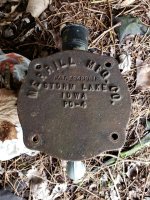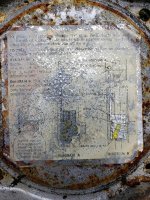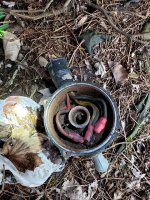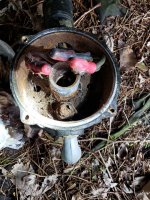Hello,
I took the cap off of my well casing intending to chlorinate my well. I totally didn't expect to see the entrance of my well as shown in the pictures. Wondering if anyone has any idea on what type of well pump might be set up like this? I've tried to research old well pumps but nothing comes up. I tried to remove most of the spray paint on the underside of the cap for some clues, but it didn't show much. Really not sure how to proceed with chlorination and thinking I should just call a well guy but I thought I would ask here too. Thanks!
I took the cap off of my well casing intending to chlorinate my well. I totally didn't expect to see the entrance of my well as shown in the pictures. Wondering if anyone has any idea on what type of well pump might be set up like this? I've tried to research old well pumps but nothing comes up. I tried to remove most of the spray paint on the underside of the cap for some clues, but it didn't show much. Really not sure how to proceed with chlorination and thinking I should just call a well guy but I thought I would ask here too. Thanks!




